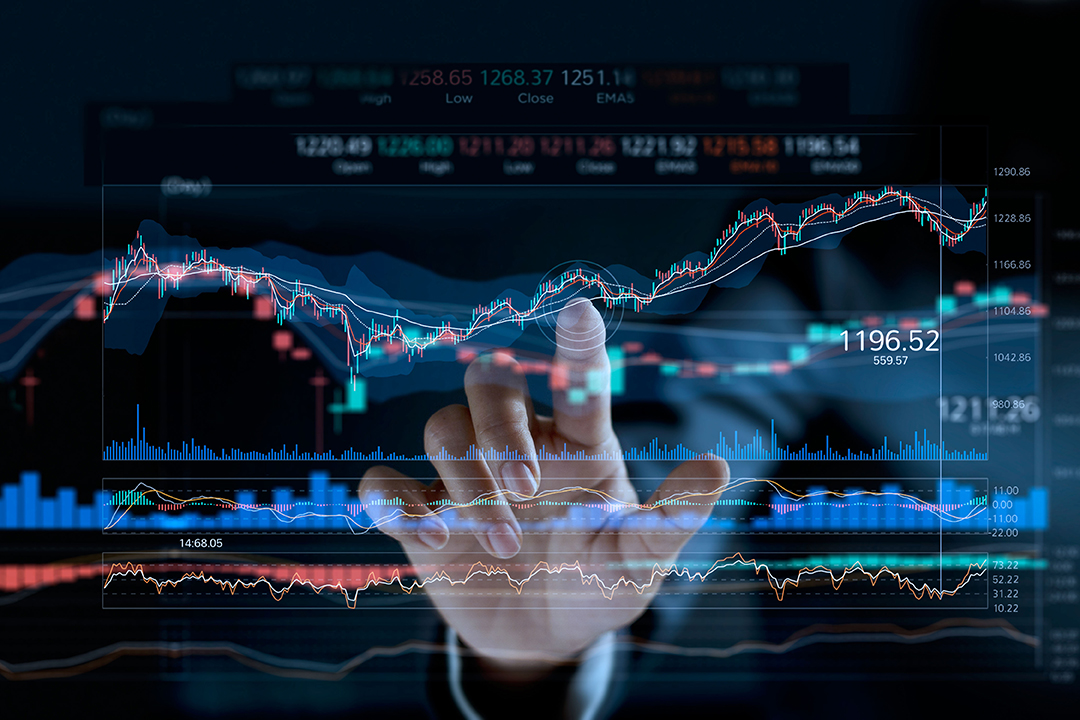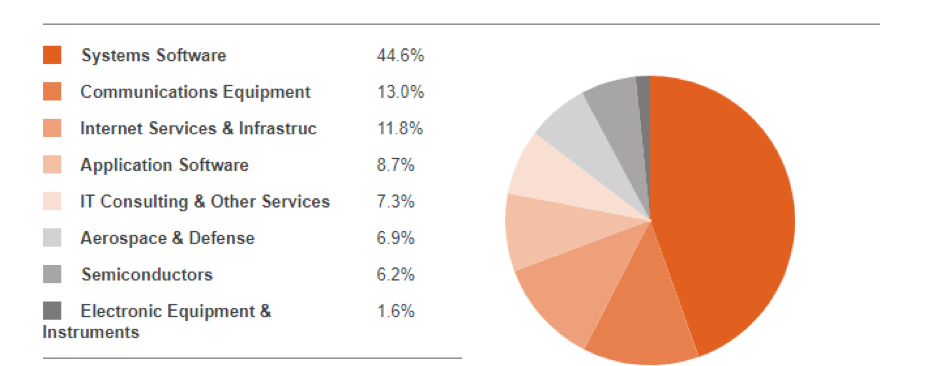
“A good hockey player plays where the puck is. A great hockey player plays where the puck is going to be.” This quote, from the great Canadian ice hockey player Wayne Gretzky, pretty much sums up the difference between conventional approaches to investing and thematic investing.
Traditional approaches have an inbuilt bias to the past, with the highest weightings in such portfolios tending to be committed to the largest companies, which are often those that have reached a certain level of maturity. This approach implies a view that today’s winners will also be tomorrow’s winners.
Thematic investing, by contrast, is explicitly forward-looking. Thematic investors try to identify long-term transformational trends, and the investments that are likely to benefit if those trends play out.
Focus on structural themes vs. cyclical themes
Thematic investing focuses on structural, rather than cyclical trends.
Structural themes play out over the long term, and tend to be one-off shifts that irreversibly change the world, driven by powerful forces such as disruptive technologies or changing demographics and consumer behaviour. By contrast, cyclical themes are typically short/medium term, and tend to revert, driven by forces such as rising/falling interest rates, or higher economic growth.
An example of a structural change is the emergence of e-commerce, which has fundamentally shifted the way goods and services are bought and sold.
3 advantages of thematic investing
Aside from the benefits of being forward-looking, thematic investing can offer several other advantages:
1. Long-term - because themes play out over the long term, the timing of entry and exit points is less important than it is when investing based on shorter-term economic cycles.
2. Unconstrained - thematic investing ignores geographical boundaries, sector classifications and style biases, meaning investors are unconstrained in looking for opportunities.
3. Potential for alignment with an investor’s philosophy or values - thematic investors can tilt their portfolio towards a specific theme that resonates with them, such as environmental, social, or technology-focused themes.
How to invest thematically
Once a theme is identified, the thematic investor needs to decide how to position themselves to benefit from it – who will the winners and losers be as the theme plays out?
A high-risk/high-reward strategy is to invest in one or several companies that an investor thinks will benefit from the trend.
However, picking winners is notoriously difficult. For every Amazon or Netflix, there are hundreds, even thousands, of companies trying to exploit the same opportunities that fail.
Another option is to gain exposure through a managed fund or ETF. Exposure is gained via a basket of securities rather than trying to pick a few ‘winners’.
Thematic ETFs
Most thematic ETFs track indices that have been constructed to measure the performance of companies that participate in the particular trend.
Investing in a theme via an ETF offers a number of benefits, including:
1. Cost effectiveness - using an index-tracking ETF to invest in a theme, as opposed to an actively-managed fund, typically involves lower costs.
2. Diversified exposure - the security selection part of the process is taken care of, as the ETF typically invests in a broad set of companies from around the globe that provide exposure to the theme.
3. Transparency – the full portfolios of ETFs are made available to investors daily.
On the ASX, there are ETFs that offer exposure to a number of themes, for example robotics and artificial intelligence, and cybersecurity.
Cybersecurity – a fast growing segment
As more of the world’s information moves online, so too does the opportunity for cybercrime. By now, most of us have had some personal experience with hacking, viruses or data breaches. As a result, cybersecurity has emerged as one of the fastest-growing segments in the broader technology sector, with global cybersecurity-related spending predicted to exceed $1 trillion over the five years to end 2021.
This could make cybersecurity one of the most durable long-term technology themes, presenting a compelling investment case.
The BetaShares Global Cybersecurity ETF (ASX code: HACK) is currently the only ETF available on the ASX offering specific exposure to the cybersecurity sector. Launched in 2016, HACK aims to track the performance of the Nasdaq Consumer Technology Association Cybersecurity Index and provides exposure to a portfolio of leading global cybersecurity companies, including well-known names like Cisco and Palo Alto, and smaller, fast-growing innovators including CyberArk and Itron.
The chart below shows HACK’s sector allocation as of end December 2019.

As well as being a simple, cost-effective way to gain access to the cybersecurity thematic, HACK also helps ease the stock-picking burden by offering exposure to a diversified portfolio of cybersecurity companies, in a single ASX trade.
From inception in August 2016 to end December 2019, HACK has returned 17.07% p.a. after fees.
There are risks associated with an investment in HACK, including market risk, cybersecurity companies risk, concentration risk and currency risk. For more information on risks and other features of HACK, please refer to the Product Disclosure Statement.
This information has been prepared by BetaShares Capital Limited (ABN 78 139 566 868 AFSL 341181) (BetaShares), the issuer of the BetaShares Funds. It is general information only and does not take into account any person’s objectives, financial situation or needs. This article is for information purposes only and is not a recommendation to make any investment or adopt any investment strategy. Investors should consider their circumstances and the relevant Product Disclosure Statement, available at www.betashares.com.au, and obtain financial advice before making any investment decision.
Investments in BetaShares Funds are subject to investment risk and investors may not get back the full amount originally invested. Future outcomes are inherently uncertain. Actual outcomes may differ materially from those contemplated in any opinions, estimates or other forward-looking statements given in this article.
NASDAQ®, OMX®, NASDAQ OMX®, and Nasdaq CTA Cybersecurity Index™, are registered trademarks of Nasdaq, Inc. (which with its affiliates is referred to as the “Corporations”) and are licensed for use by BetaShares. No BetaShares Fund has been passed on by the Corporations as to their legality or suitability. BetaShares Funds are not issued, endorsed, sold, or promoted by the Corporations. THE CORPORATIONS MAKE NO WARRANTIES AND BEAR NO LIABILITY WITH RESPECT TO ANY BETASHARES FUND.